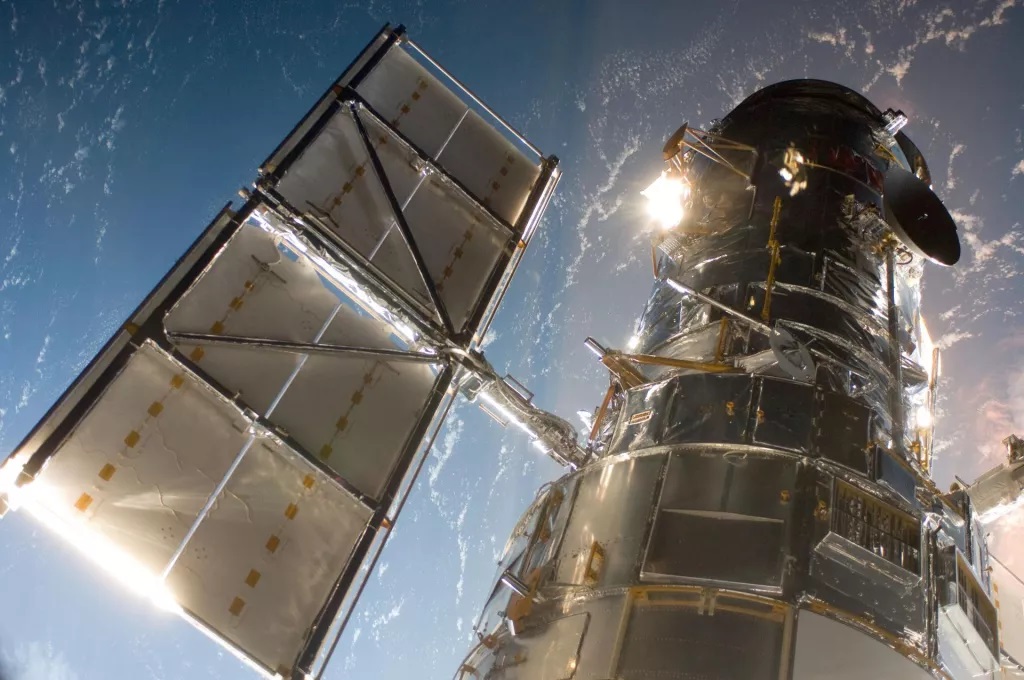It’s not clear when the iconic space telescope will be back online.

The Hubble Space Telescope photographed in 2009 at the start of the mission to upgrade and repair it.
NASA’s Hubble space telescope entered into “safe mode” due to a software error at around 4 a.m. ET on Sunday (March 7). But don’t worry, the telescope isn’t in danger of shutting down permanently.
“All science systems appear normal and Hubble is safe and stable,” the Hubble team wrote on Twitter. “The team is working [on] plans to safely return it to normal science operations.”
Safe mode is a protective feature that temporarily stops science observations and orients the Hubble’s solar panels toward the sun to make sure it has enough power, according to an article NASA posted in 2018, the last time the telescope entered safe mode. The satellite remains in safe mode until ground control can fix the issue.
In 2018, Hubble went into safe mode after one of its gyroscopes — instruments that help orient the satellite — failed. About three weeks later, the team was able to remotely fix a backup gyroscope that wasn’t working properly, and Hubble returned to normal operations. It’s not yet clear what software error caused Hubble’s current stint of hibernation, and it’s also not clear how long recovery will take.
Since its launch in 1990, the iconic Hubble space telescope has been gazing out into our universe, studying interstellar objects, planets, stars, supermassive black holes and space phenomena such as merging galaxies, according to NASA. And more than 30 years later — double its planned lifetime — it’s still going strong.
The Hubble telescope has made more than 1.4 million observations and fueled the publication of more than 18,000 peer-reviewed science papers.
“In its over 30 years of operation, Hubble has made observations that have captured humanity’s imaginations and deepened our knowledge of the cosmos,” according to NASA. “It will continue to do so for years to come.”


